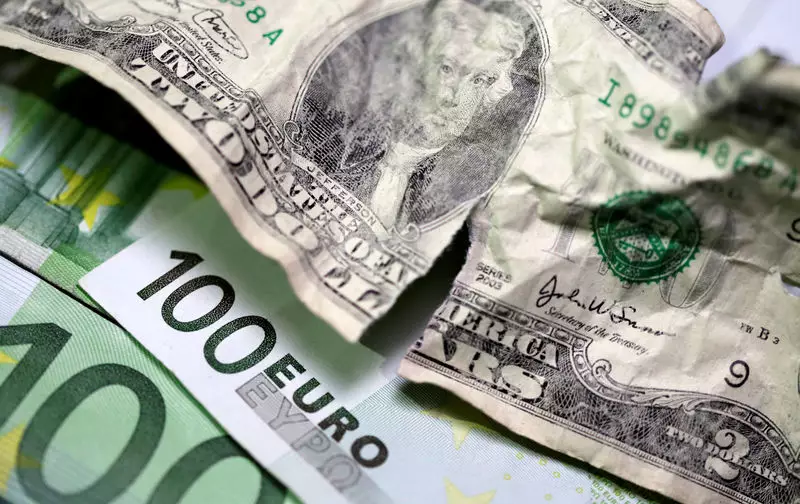In the ever-evolving landscape of foreign exchange markets, the U.S. dollar has managed to regain some ground, stepping back from a concerning one-year low witnessed just days prior. As of Monday, the Dollar Index reflected a 0.5% uptick to reach 100.925, marking an essential recovery and indicating a potential psychological shift among traders. This rebound follows a substantial rate cut by the Federal Reserve, which initially catalyzed a selloff of the dollar. However, investor sentiment appears to now favor a “soft landing” scenario for the U.S. economy, thanks in part to statements made by Federal Reserve Chair Jerome Powell. Experts at ING noted the upturn as a significant psychological shift, as key equity markets continued to ascend despite the rate cuts.
Interestingly, futures traders are currently speculating on an additional 75 basis points in cuts by year-end, along with a more drastic 200 basis points by December 2025. Such anticipations will inevitably impact not only the dollar but also broader investment strategies. Analysts are closely monitoring the upcoming Federal Reserve data release, particularly the core personal consumption expenditures (PCE) index, which serves as a crucial inflation barometer. Any deviation from expectations, especially a minor core PCE increase, could further influence dollar depreciation.
Contrastingly, the euro faced significant challenges as disappointing economic indicators surfaced, particularly from Germany, the region’s largest economy. The HCOB German flash composite Purchasing Managers’ Index reported a steep decline, dropping to 47.2—its lowest point in seven months. This contraction suggests a deteriorating economic landscape for Europe, prompting fears of a recession in the continent. Market reactions to such news have resulted in EUR/USD trading 0.5% lower at 1.1111, casting doubt on the euro’s capacity to rise above crucial resistance levels.
The European Central Bank (ECB) has already cut rates twice this year, and concerns around further economic deterioration are fueling speculation for another potential cut in October. This presents an unfavorable environment for the euro and indicates a prolonged period of consolidation within the 1.11-1.12 range. As analysts at ING pointed out, the euro’s immediate future remains uncertain, with bearish trends appearing likely in the short term.
Shifting focus to the British pound, it was noted to have declined by 0.4% against the dollar, resting at 1.3264. This dip comes after the currency achieved its highest mark since March 2022, driven by a relatively hawkish stance from the Bank of England (BoE) which maintained the interest rate at 5%. The initial easing seen in August has led to perspectives that long positions on sterling are becoming excessive. As market sentiment cools, potential reversals for the pound may prompt traders to consider repositioning strategies.
Meanwhile, the Japanese yen experienced a slight dip against the dollar amid muted trading volumes due to a national holiday in Japan. Even so, the currency has remained near its strongest levels for 2024. Last week, the Bank of Japan opted to keep interest rates steady, projecting an upward trend in inflation and economic growth. The relative stability of the yen stands in contrast to the volatility observed in European currencies, indicating that Japan’s economic outlook may be garnering more confidence in the market.
The currency landscape is currently influenced by a variety of factors. The U.S. dollar is undergoing a recovery phase driven by softening recession fears, while the euro grapples with poor economic data that suggests a bleak outlook for the region’s growth prospects. The British pound finds itself in a precarious position following a prolonged rally, and the Japanese yen demonstrates resilience, reflective of stable economic sentiment.
As investors turn their attention to forthcoming economic indicators, including pivotal inflation data, the dynamics of these currencies will undoubtedly continue to evolve. These shifts not only underscore the interconnectedness of global economies but also highlight the complexities that traders must navigate in a volatile market scenario.

